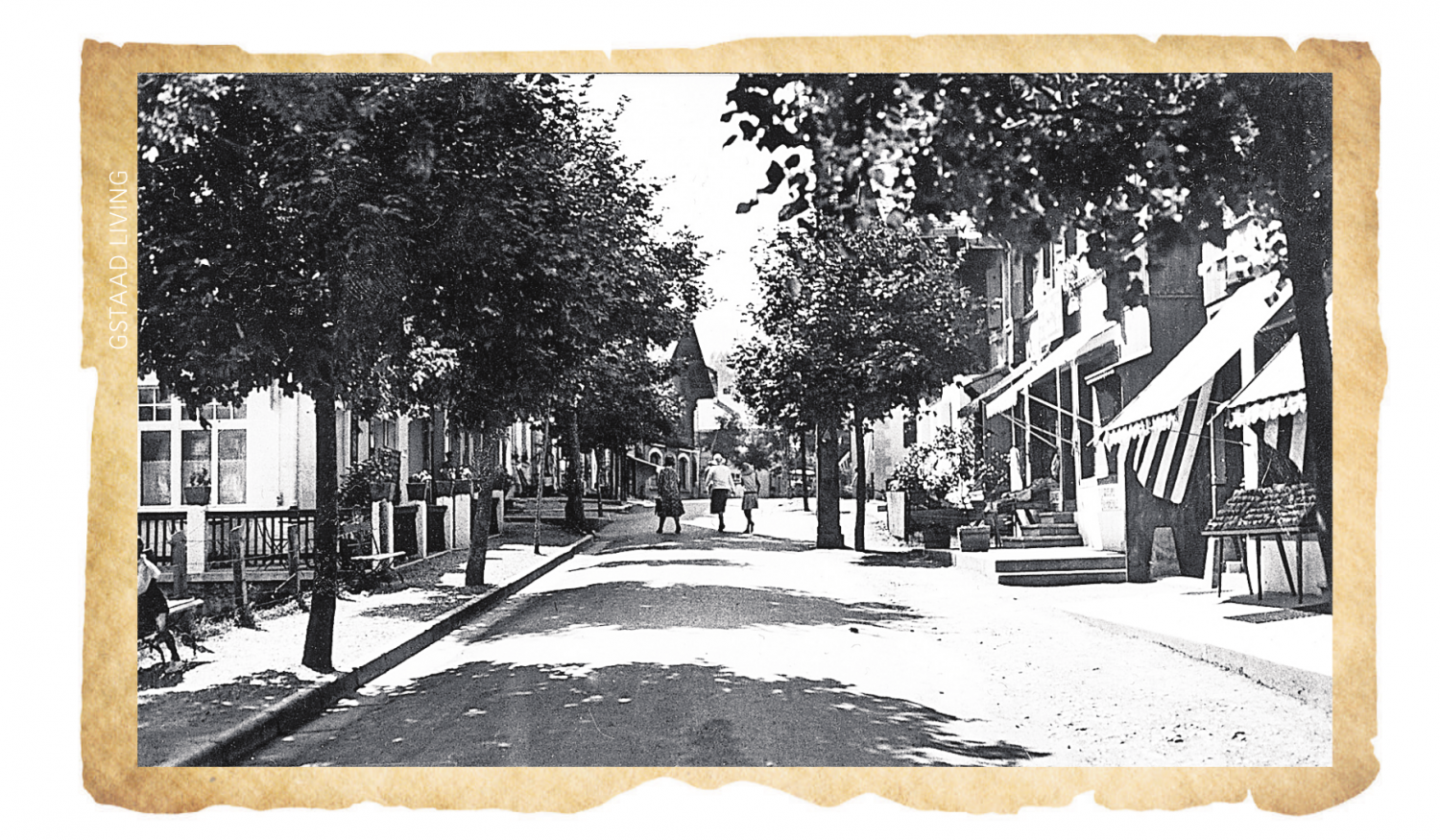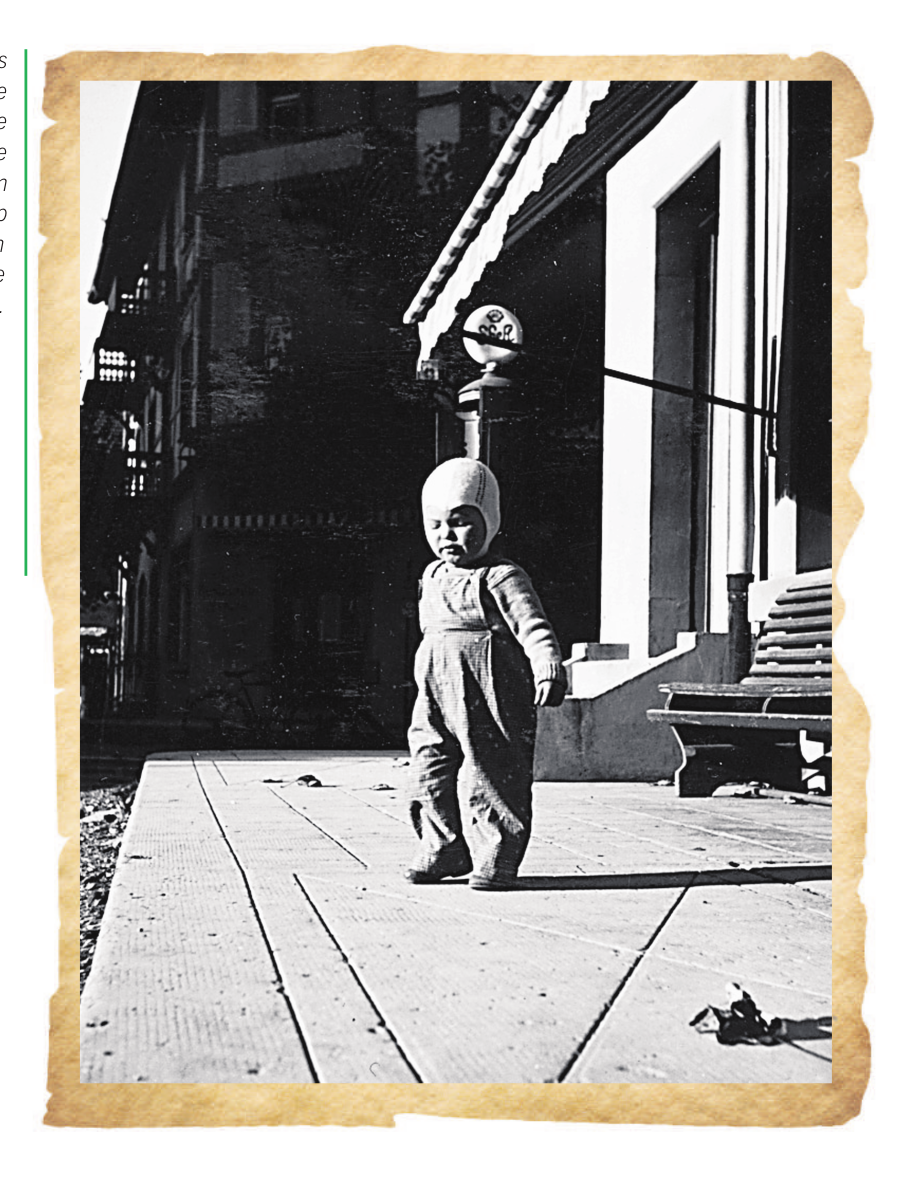Gstaad, as it was back then
02.07.2020 Gstaad LivingAnton Ruesch remembers Gstaad village of his childhood years.
As a child, I had the good fortune of growing up in the beautiful Saanenland and, in particular, in Gstaad. Everything was much easier back then. Some of the houses still had outhouse toilets with wooden “thunder beams”, with a round hole in the middle and the Schissbochte (crap pit) underneath. Bathrooms and running hot and cold water were a luxury that few could afford. Each room contained a waschbowl and the kitchen was equipped with a sink with cold water.
Bathing was done once a week in the laundry room in a large laundry tub. Wood stoves were still in use, to heat a house and some still cooked on a wood stove, known as Potaschi. The pans were hung over the fire through a hole in the stove, which could be enlarged or reduced in size with solid metal rings that were inserted, depending on the width of the cooking pot.
In autumn people bought a few steres of wood. Wood cutter Steffen used to make home visits with his inventive vehicle. It was, if I remember correctly, a small Fiat with a band saw mounted on it. With deafening noise he cut the piled up burning fuel directly at his clients’ houses.
Instead of double and triple glazing, front windows were in use, which were hung in every autumn and removed again in spring. There were no TV or stereo systems. On cold winter evenings one listened to the radio, especially radio dramas such as Polizischt Wäckerli (Policeman Wäckerli) or the stories by Gotthelf. Refrigerators, vacuum cleaners, washing machines, blenders etc. were still very scarce. Not everyone had a private telephone connection – the numbers only had two digits at that time – and a car remained a faraway dream for most people.
The gravel road that led through the village was cambered and the ditches were made of soil. The roads from Saanenmöser to Zweisimmen – down the winding Reichenstein – as well as to Lauenen were also made of gravel.
In front of the shops there were the so-called Bsetzischteine, limestone slabs, some of which were beautifully decorated. The path from Charly’s Tea-Room to the Kählenweg was aligned with stately maple trees with a dark green bench underneath, which were marked with the black initials VVG (Verkehrsverein Gstaad). In front of the entrance to the village tennis court was a kind of gate: two wooden posts connected by an approximately four-metre-long board which read, “Eisbahn Gstaad AG.
There were also many more green areas: a large meadow around the three village tennis courts, which stretched all the way to the park of the Grand Bellevue. The Berner Kantonalbank and the Catholic parsonage were not yet at their present location; in their place there was a large meadow stretching from the Bettler-Hefti chalet and the Hotel National. The Hotels Bernerhof, Viktoria, National and Rössli all had a garden with trees and seatings for guests. A ping-pong table was situated behind the Hotel Olden, which was heavily used by the village youth. In front of the Hotel Bernerhof there was a large forecourt where the children could spend hours playing with marbles. There were no chalets on the Riedhubel, in the Kählen or on either side of the spectators’ grandstand near the village tennis courts.
Based on Anton Ruesch






